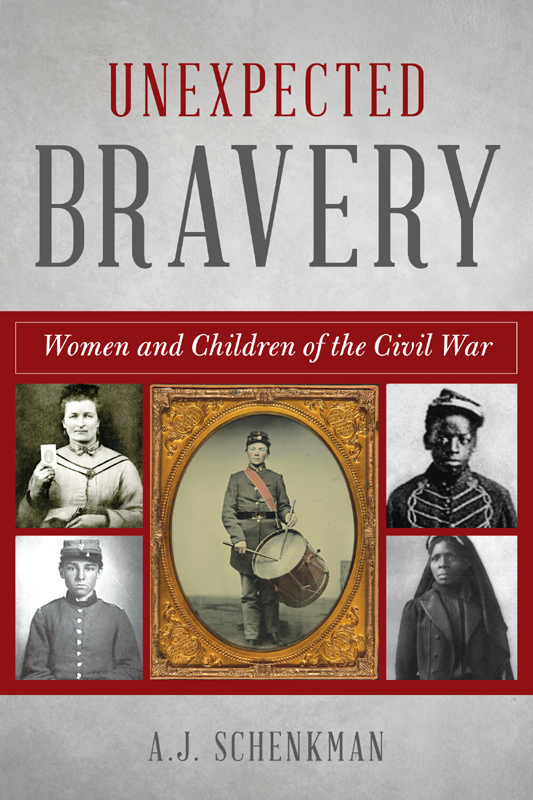

An imprint of Globe Pequot, the trade division of
The Rowman & Littlefield Publishing Group, Inc.
4501 Forbes Blvd., Ste. 200
Lanham, MD 20706
www.rowman.com
Distributed by NATIONAL BOOK NETWORK
Copyright 2021 by A. J. Schenkman
All rights reserved. No part of this book may be reproduced in any form or by any electronic or mechanical means, including information storage and retrieval systems, without written permission from the publisher, except by a reviewer who may quote passages in a review.
British Library Cataloguing in Publication Information available
Library of Congress Cataloging-in-Publication Data
Names: Schenkman, A. J., author.
Title: Unexpected bravery : women and children of the Civil War / A.J. Schenkman.
Description: Guilford, Connecticut : Globe Pequot, [2021] | Includes bibliographical references. | Summary: What is little known about the American Civil War is that both women and children enlisted in an attempt to make a difference in the struggle to determine the future of the United States of America Provided by publisher.
Identifiers: LCCN 2021026126 (print) | LCCN 2021026127 (ebook) | ISBN 9781493055265 (trade paperback) | ISBN 9781493055272 (epub)
Subjects: LCSH: Women and warUnited StatesHistory19th century. | Children and warUnited StatesHistory19th century. | United StatesHistoryCivil War, 1861-1865Participation, Female. | United StatesHistoryCivil War, 1861-1865WomenBiography. | United StatesHistoryCivil War, 1861-1865Participation, Juvenile. | United StatesHistoryCivil War, 1861-1865ChildrenBiography.
Classification: LCC E628 .S45 2021 (print) | LCC E628 (ebook) | DDC 973.7082dc23
LC record available at https://lccn.loc.gov/2021026126
LC ebook record available at https://lccn.loc.gov/2021026127
 The paper used in this publication meets the minimum requirements of American National Standard for Information SciencesPermanence of Paper for Printed Library Materials, ANSI/NISO Z39.48-1992.
The paper used in this publication meets the minimum requirements of American National Standard for Information SciencesPermanence of Paper for Printed Library Materials, ANSI/NISO Z39.48-1992.
Dedicated to
Jonah G. Schenkman
The horrors of the battlefield were brought vividly before me. I joined a detachment which was collecting the dead for burial. Sickening at the sights, I made my way with another detachment, which was gathering the wounded, to a log house which had been appropriated for a hospital. Here the scenes were so terrible that I became faint, and making my way to a tree, sat down, the most woebegone twelve year old in America.
F RED G RANT , THEN TWELVE YEARS OLD
AND SON OF THEN L T. G EN. U LYSSES S. G RANT ,
DESCRIBING THE SCENE AT V ICKSBURG , M ISSISSIPPI.
Q UOTED FROM A B OYS E XPERIENCE AT V ICKSBURG.
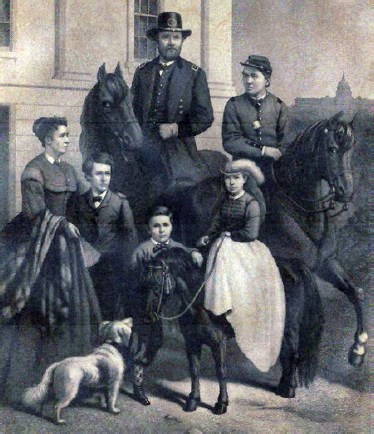
Grant family with Fred Grant on horseback
LIBRARY OF CONGRESS
C ONTENTS
Guide
I WOULD LIKE TO THANK D AVE J OENS , I LLINOIS S TATE A RCHIVES ; THE Worcester Public Library; the Worcester Historical Museum; Annakathryn Welch, archivist, Archives of Michigan, Michigan History Center; Megan Klintworth, iconographer, Abraham Lincoln Presidential Library and Museum; Ross Cooper, public services specialist, Special Collections Research Center, Belk Library and Information Commons, Appalachian State University; Amy Lyons, editor, Globe Pequot/Rowman and Littlefield; Alyssa Messenger; Mary Mannix; Tracey McIntire; Dr. Audry Scanlan-Teller; Russell Horton, reference outreach archivist, Wisconsin Veterans Museum; Terry Reimer, National Museum of Civil War Medicine; Mallory Herberger, Special Collections archivist, Maryland Historical Society; Anita Hoffman, archivist, Heritage Frederick, Maryland; Michelle Greco; Jonah Schenkman; Amy Vedra, director of reference services, Indiana Historical Society; Michael Vetman, archivist, Indiana Archives and Records Administration; Gail Lelyveld; Kerry George, Wayne County Historical Museum; Steve Barrett, Marion County historian; L. Tom Perry, Special Collections, Brigham Young University; Allison Johnson, Becki Plunkett, Special Collections archivist/coordinator, and Hang Nguyen, PhD, musicologist and reference librarian, all at the State Historical Society of Iowa; National Archives and Records Administration, Washington, DC; Library of Congress, Washington, DC; SUNY New Paltz; Anna Pivora, executive director, and Chris Gardner, curator of collections, Crawford Collection, Boone County Museum of History; National Park Service; Vicksburg National Military Park and Antietam Battlefield; Gretchen Weerheim, J. J. Blickstein; Joakim Lartey; Keicha Kempsey; Melissa Kimler-Alm; Stephanie Phillips, North Carolina State Archives; Teddy Yoder, Esq., Campbell County Historical & Genealogical Society, and Ellen Urban.
W HEN I WAS A LITTLE BOY , MY MOTHER AND FATHER PUT MY BROTHER and the family dog into the Jeep Cherokee Chief. We stopped for breakfast at a local diner on Main Street in Kew Gardens Hills in Queens County, New York, where I grew up. We were embarking on a two-week adventure with the aim of viewing as many of the major Civil War battlefields as we could in that period of time. Some four decades later, I still remember Gettysburg. The open fields of Gettysburg, the turning point in the Civil War, became indelibly etched in my psyche. A park ranger explained to my family the number of soldiers involved and the carnage of the battlefield.
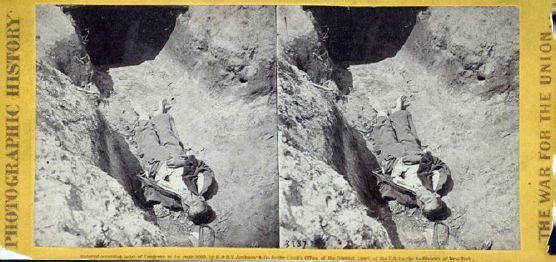
A fourteen-year-old Confederate killed by a bayonet at Fort Mahone
PORTRAIT OF BOY SOLDIER/LIBRARY OF CONGRESS
Today you can still feel the energy of the souls who fought and perished on that great field of battle from July 1 to July 3, 1863. Nowhere else have I felt that energy, possibly with the exception of Pearl Harbor, standing above the sunken remains of the USS Arizona. I still remember the tears of the soldier who perished on December 7, 1941, manifesting as oil slowly making its way to the top of Pearl Harbor one drop at a time.
These battles in the Civil War were led by great men like Generals Robert E. Lee and George G. Meade. The battles were fought by average or less than average individuals who struggled and, in some cases, died or lived the rest of their lives in relative anonymity. It is these ordinary soldiers about whom I strive to know more so, as President Abraham Lincoln stated in his Gettysburg Address, that these dead shall not have died in vain.
Unexpected Bravery examines the lives of women and children soldiers of the Civil War. Historians know that roughly six hundred thousand soldiers perished during the Civil War, which lasted from 1861 to 1865this out of a US population of thirty-two million. Of this thirty-two million, roughly four million were human beings owned as property. Researchers believe that close to three million individuals served in the Civil War. Historians maintain that about four hundred women disguised themselves as men to serve in the Civil War. They joined for many reasons, including being with husbands, brothers, or lovers; adventure; patriotism; to end slavery; and money. These reasons were not always mutually exclusive.
Even though it was illegal for women to serve in the armed forces, let alone dress like men, they could still escape detection. Most of the time, when they were discovered, it was because of a wound or in death. Some were never discovered and simply left the army before or after the war. Some women wrote about their experiences, while others just resumed their lives in society as women. In the case of Albert D. J. Cashier, he continued to live and identify as a man.
Next page

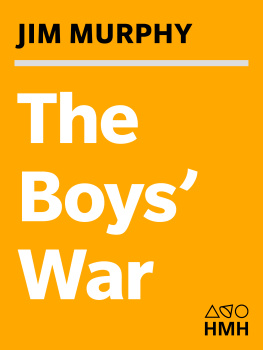
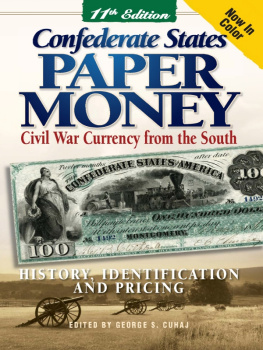
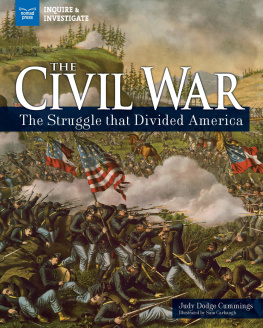
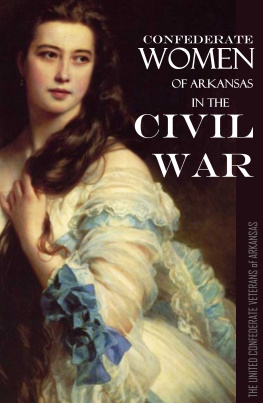
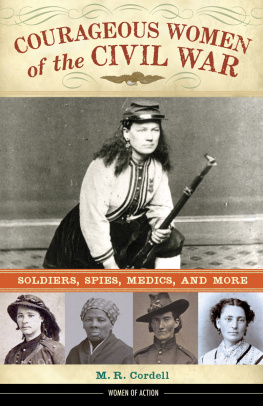
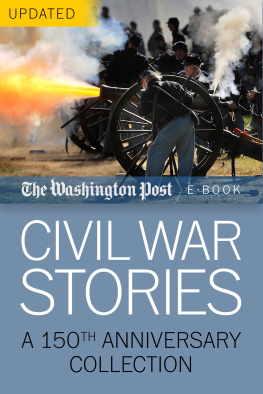
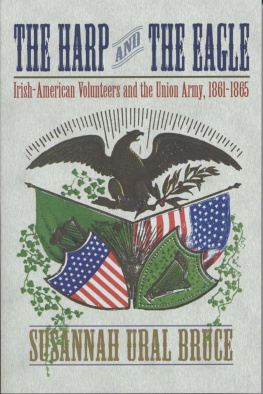
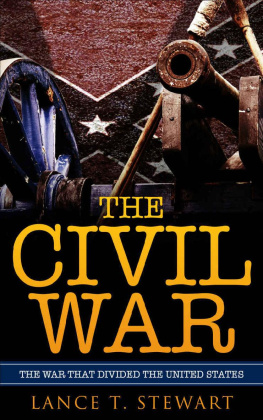
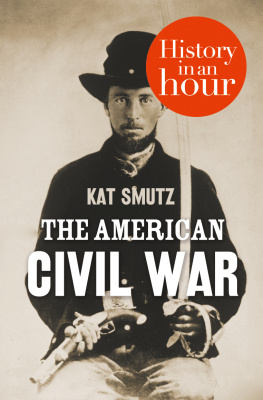
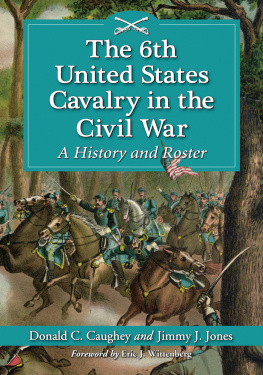


 The paper used in this publication meets the minimum requirements of American National Standard for Information SciencesPermanence of Paper for Printed Library Materials, ANSI/NISO Z39.48-1992.
The paper used in this publication meets the minimum requirements of American National Standard for Information SciencesPermanence of Paper for Printed Library Materials, ANSI/NISO Z39.48-1992.
